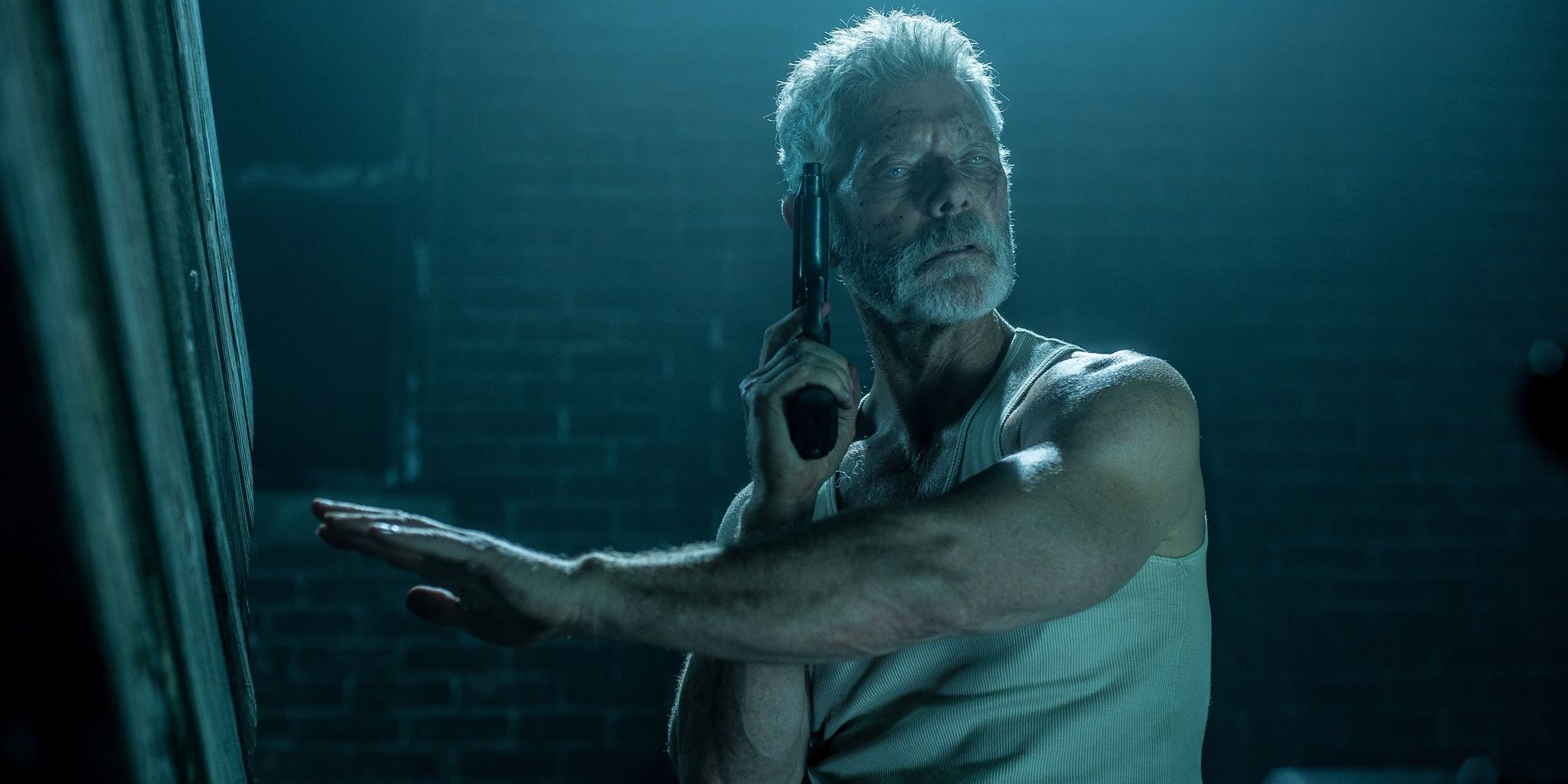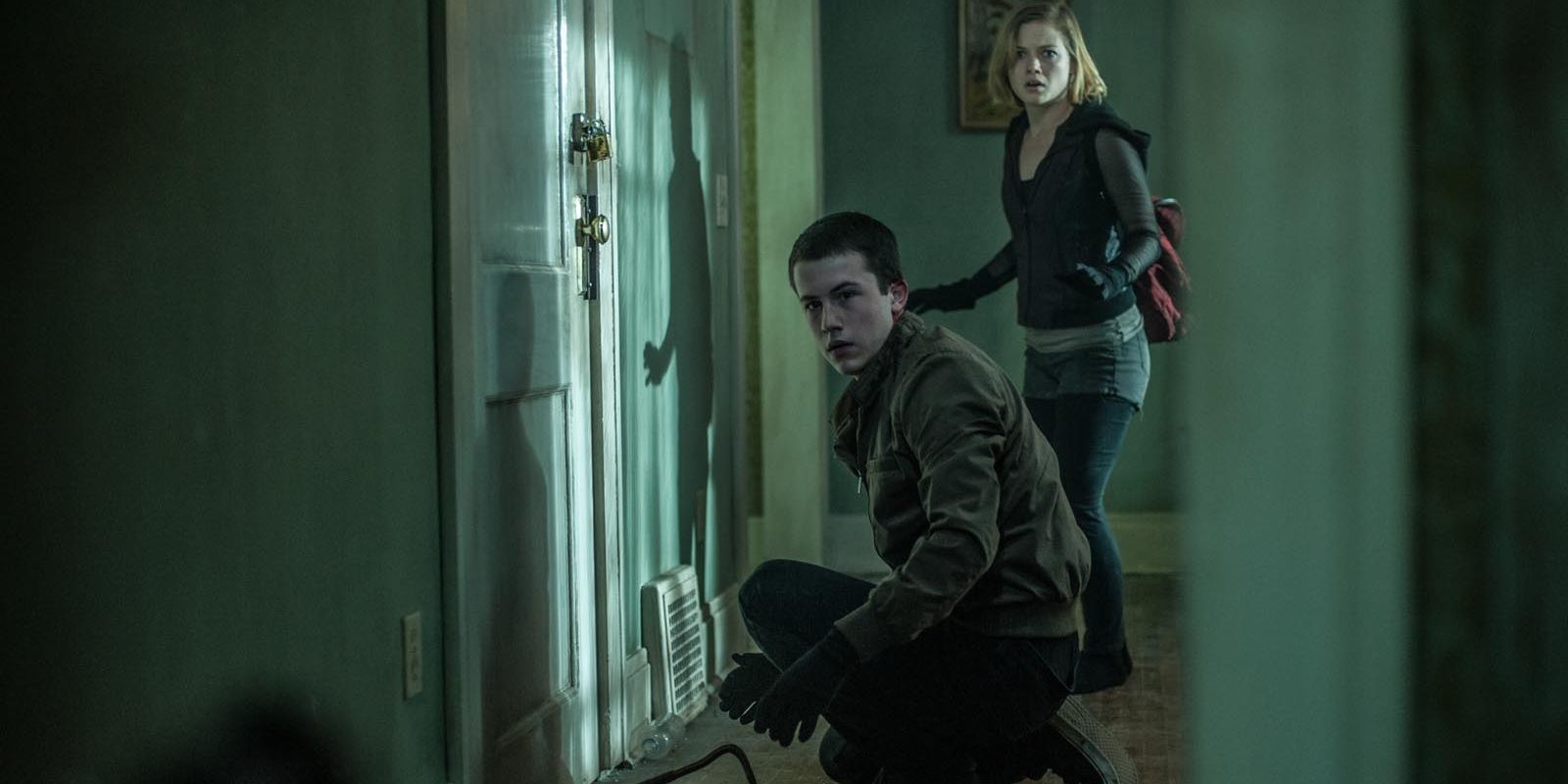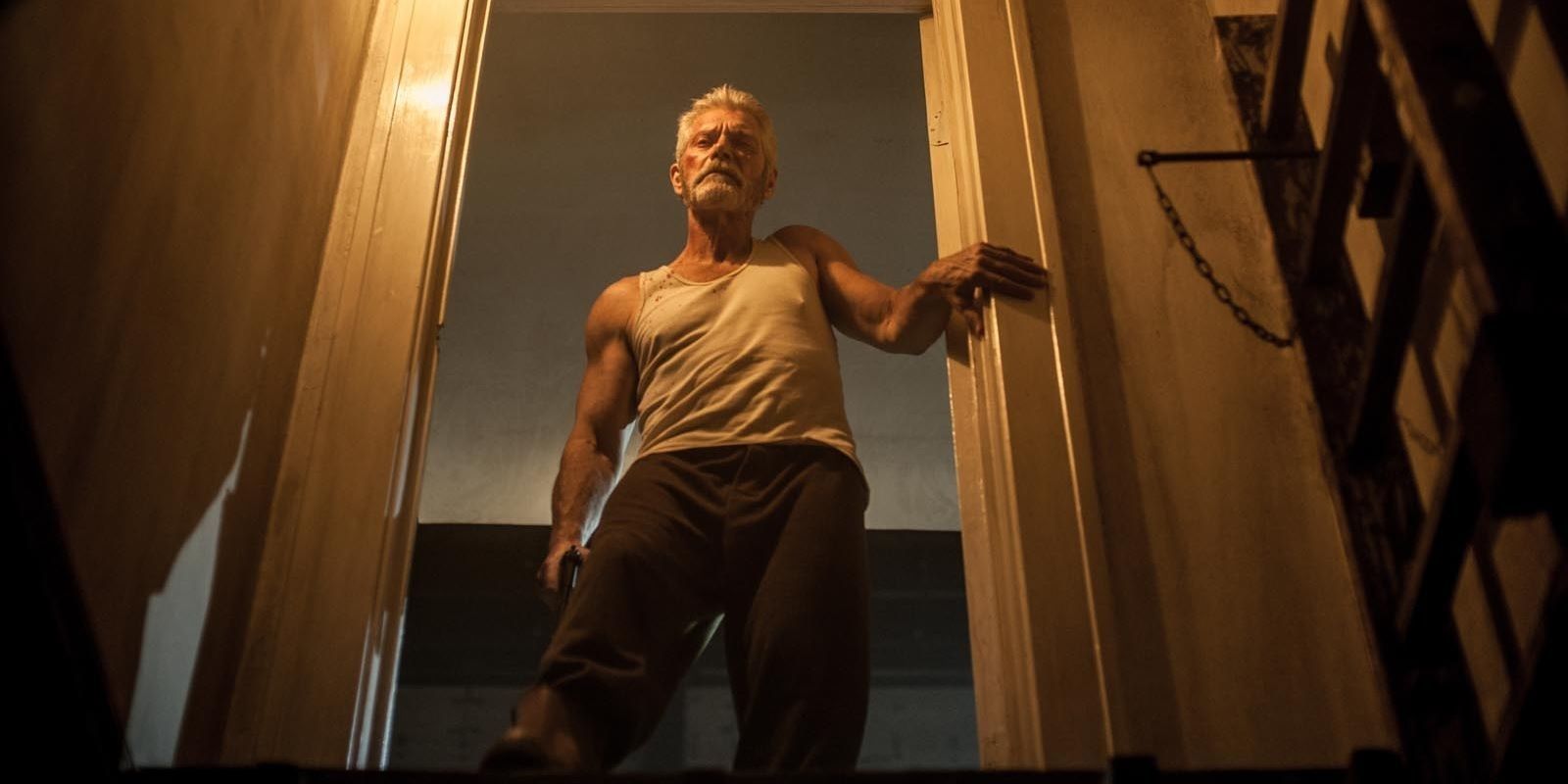The home invasion thriller is one of the most overdone cinematic subgenres, because having one’s home broken into is a universal fear and studios can therefore appeal to a pretty wide audience with scary movies about it. But there’s only so much room for innovation in a story about a home invasion, so it’s a genre that rarely delivers a movie worth writing home about. Having said that, director Fede Álvarez helmed a brilliantly subversive take on the home invasion thriller back in 2016.
While most home invasion movies have the homeowners as the protagonists and the intruders as the antagonists, Álvarez’s critically acclaimed gem Don’t Breathe has the intruders as the protagonists and the homeowner as the antagonist. It might be the first home invasion movie in which the guy being burgled is the villain.
At the beginning of Don’t Breathe, three small-time crooks in Detroit looking for a big score receive a tip that a Gulf War veteran living in an abandoned neighborhood has a stash of $300,000 in cash. He got the money in a settlement after his daughter was killed in a car accident. (This detail sets up a couple of pretty harrowing revelations later down the line.) When they stake out the house, they learn that the homeowner, Norman Nordstrom, played to unnerving perfection by Avatar’s Stephen Lang, is blind. So, they expect the job to be a piece of cake. They think that, as long as they’re quiet, they can just waltz right into his house and walk out with his money.
However, a few minutes after breaking into Nordstrom’s house, the three burglars realize the grave mistake they’ve made. Despite the fact that they filled his room with sleeping gas, he wakes up and checks out the disturbance. As it turns out, all his other senses are refined and his years of military experience have made him a well-oiled killing machine. The crook who assumes he’ll be fine because he’s armed confronts Nordstrom and gets effortlessly disarmed and killed in seconds. From then on, the other two intruders don’t care about the money – they’ll just be happy if they can get out of the house alive. And if that wasn’t bad enough, in their desperate attempts to escape, they discover some horrifying secrets lurking in his basement.
This subversion of the usual dynamic seems to make this a story about karma. Whereas the usual home invasion movies have the intruders mindlessly terrorizing innocent people, this one flips that fearmongering on its head and gives the home invaders a taste of their own medicine. These three delinquents don’t necessarily deserve the torture they endure throughout the movie, but if they weren’t trying to rob a war veteran, none of these terrible things would’ve happened. Don’t Breathe uses a horror lens to reinforce Martin Scorsese’s usual cinematic thesis that a life of crime will inevitably end in tragedy. In this case, that takes the form of three petty thieves finally robbing the wrong person and facing brutal consequences for their unethical actions.
Jane Levy, who previously worked with Álvarez on his surprisingly satisfying Evil Dead remake, anchors the movie as Rocky (short for Roxanne), who manages to be a sympathetic protagonist despite plotting to steal from a disabled veteran. She only breaks into people’s houses and steals things because she wants to be able to afford to get herself and her sister away from their abusive mother and her alcoholic boyfriend. This motivation makes her a lot easier to root for than if she were a one-dimensional cold-hearted career criminal.
While a home invasion is an intriguing setup for a thriller and easily distilled into a teaser trailer, the limitations of that premise mean it can be hard to come up with a compelling plot to back it up. There are plenty of derivative home invasion thrillers that have been panned by critics, like Breaking In and No Good Deed, but there are a few diamonds in the rough that, like Don’t Breathe, offer a fresh take on the concept.
David Fincher’s taut Hitchcockian thrill-ride Panic Room sees single mother Jodie Foster and her daughter Kristen Stewart moving into a new home with a state-of-the-art saferoom installed and hiding out in it when the house is broken into. Adam Wingard’s You’re Next crosses a home invasion thriller with a subversive slasher in which the final girl ultimately becomes the killer. Michael Haneke’s Funny Games uses unnerving fourth-wall-breaking to draw the audience into the villains’ sadistic games.
Since all the good ideas have already been done, originality has become a thing of the past and filmmakers are instead offering unique subversions on familiar genres. With Django Unchained, Quentin Tarantino used the tropes of spaghetti westerns to depict American slavery. With Knives Out, Rian Johnson revived the classic murder mystery and used a nonlinear story structure to play with the audience’s expectations. And with Don’t Breathe, Fede Álvarez offered a home invasion thriller in which the home invaders are the protagonists.



